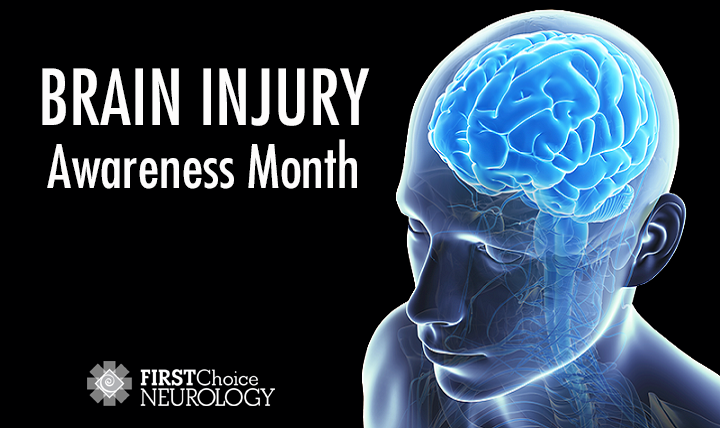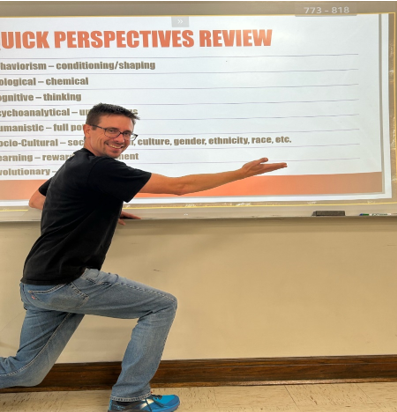The Truth About Brain Injuries
March 19, 2021
On January 8th, 2020, missile and mortar attacks caused bunkers concrete walls surrounding bases such as Ain al Assad to collapse on our military members. While inside a Humvee when a second missile landed, Capt. Geoff Hansen was hit in the head with debris and left reeling.
Even away from any war, suffering from brain injuries is a standard detrimental part of life. Even though this type of trauma can be very severe, there is still no inexpensive and completely accurate way to test so many people. If only there were a group of geniuses working together to fix this issue.
When continuously bombarded with pressure in everyday accidents and the military, significant stress for the brain occurs. While uniforms, armor, and cars have improved to protect from weaponry and crash impact, none of these items fully protect from the shockwaves that follow explosions and collisions. Average civilians and athletes have even less protection for the sensitive sections of our nervous system.
In an interview with the New York Times, Dr. Jeff Bazarian, an emergency medicine professor for the University of Rochester Medical Center, explained that after impact, “the part of the brain most often affected by a traumatic brain injury is memory.” Depending on the patient to report what happened to them and the severity of their injury leaves many unknowns in the medical field, causing “a lot of false positives and false negatives.” Without running the expensive testing procedures that expose patients to radiation, there is no way to tell if a patient has a critical brain bleed or a minor concussion.
While memory loss is an issue, another factor in undiagnosed brain injuries is military personal and civilians failing to report their trauma. Some people who suffer brain injuries will not report them to avoid leaving the field or, for the average civilian, to avoid expensive medical testing. Even when injuries get reported, Dr. Gerald Grant, a former lieutenant in the Air Force turned neurosurgery professor at Stanford University, explains how CT scans can be inaccurate. Some patients would see him for treatment due to blast and contact injuries, and they “clearly had symptoms,” but the testing results would be inconclusive.
Working to fix this issue is Dr. José Luis Contreras-Vidal, a computer and electrical engineering professor at the University of Houston. In an article by Anne Eisenburg, Dr. Contreras-Vidal discusses his team’s work, creating small sensors that analyze brain activity by deciphering changes in the brain’s magnetic field.
These sensors are more advanced in “portability, compactness, and flexibility.” The small magnetometers are very sensitive and can be mass-produced. These high-tech devices would fit into a special headgear that would measure “real-time brain waves.” Doctors would study these brain waves to track the progression of diseases and injuries affecting the brain, giving a much more accurate way to diagnose and treat patients and use nerve and brain waves to control prosthetic limbs.
Technological developments like this could be beneficial for diagnosing people in the military and civilians alike. While these tests would be quicker and less expensive than CT scans, there are still years of work that must go into making these perform adequately. So as of now, in the words of Dr. Gerald Grant, “We still haven’t found the magic biomarker.”








